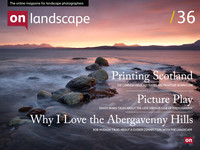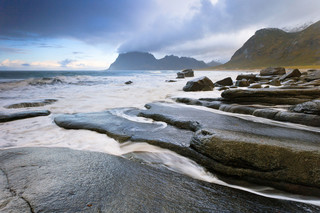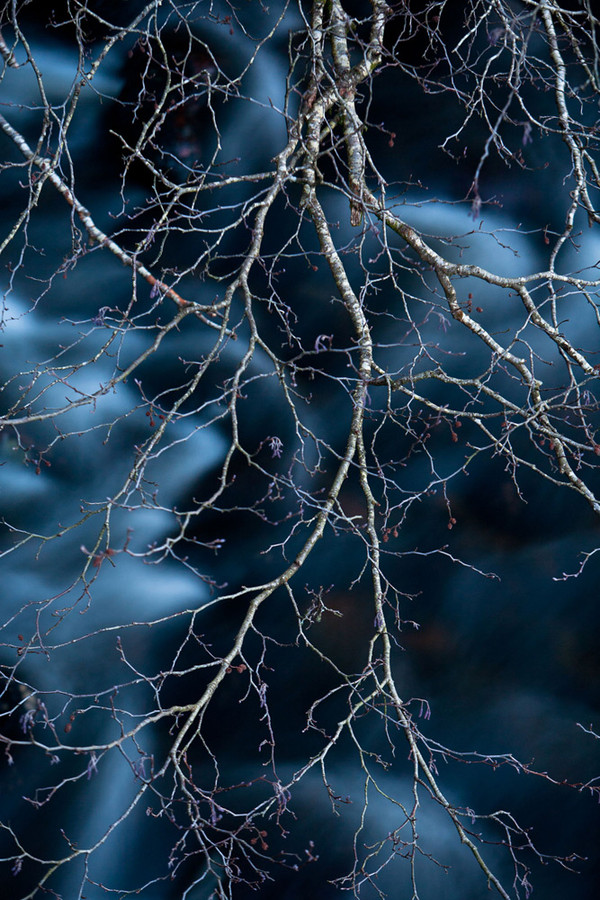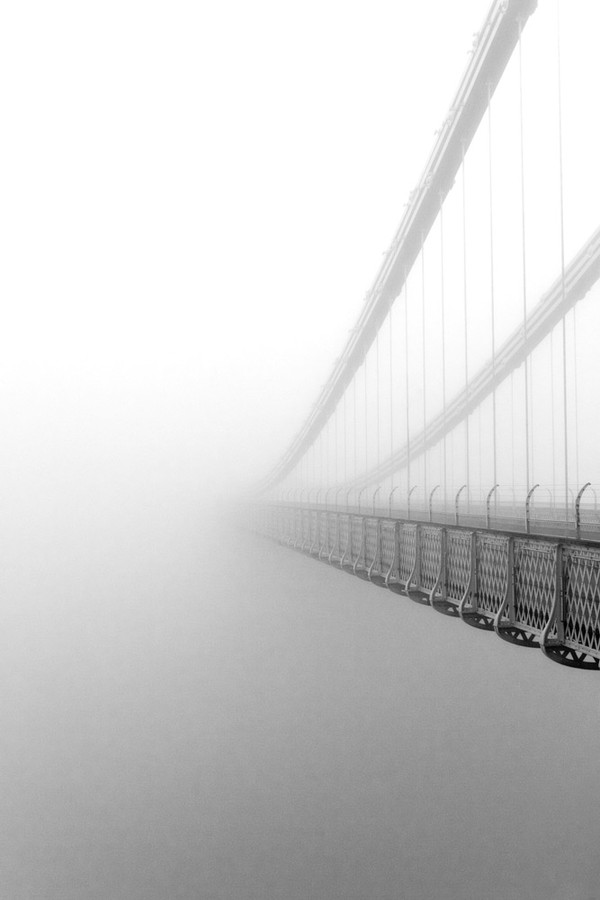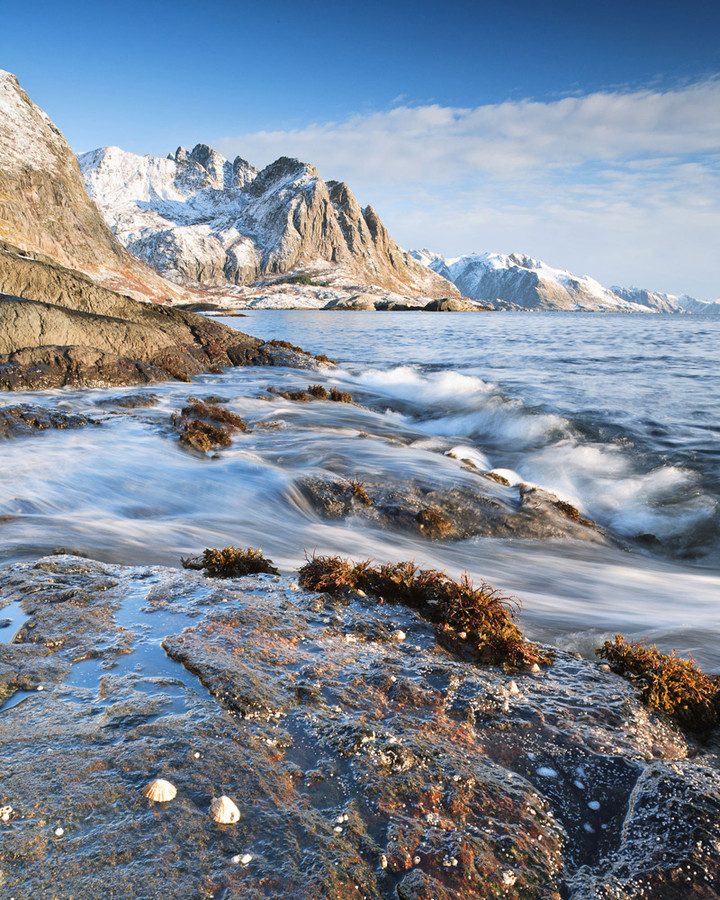Featured photographer

Tim Parkin
Amateur Photographer who plays with big cameras and film when in between digital photographs.
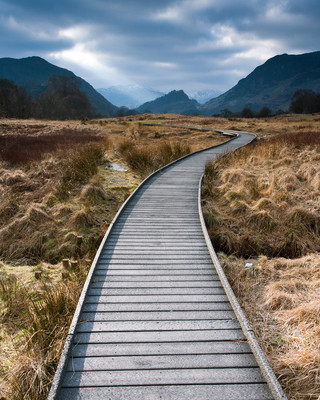 In most photographers lives there are 'epiphany’ moments where things become clear, or new directions are formed. What were your two main moments and how did they change your photography?
In most photographers lives there are 'epiphany’ moments where things become clear, or new directions are formed. What were your two main moments and how did they change your photography?
I think perhaps the first instance would have to be around the time I was first introduced to photography by my father when I was still quite young. He encouraged me to experiment and explore what the camera could do and the processes involved. One of my earliest memories – possibly the event that started it all – was standing over a developing tray in the converted downstairs loo, the strong odour of chemicals mixing in the darkened room, as an image began to emerge like magic on paper. I can’t remember what the image itself was but that experience clearly had a lasting effect, I knew that what ever I ended up doing I wanted to include photography somehow.
Another moment of particular clarity was when I decided to change my career as a research scientist to photographer. I recognised the opportunity to satisfy my creativity and inquisitive nature and am glad I made the transition.
Tell me about why you love landscape photography. A little background on what your first passions were, what you studied and what job you ended up doing.
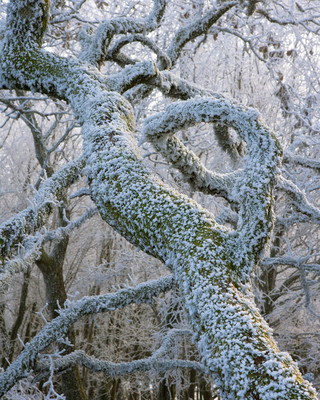 I have always been fascinated by science and the natural world. I grew up with David Attenborough videos virtually on constant replay and a monthly feed of National Geographic so pursuing my interests in science, studying physiology at university up to MSc level seemed natural. Sadly my photography took a bit of a back-seat making way for academia, the camera was never far away but I didn’t devote enough time developing any skills or any hint of a style. I started working as a research scientist shortly after completing my second degree and reacquainted myself with photography but with much more intent to actually be creative rather than merely ‘take a picture’.
I have always been fascinated by science and the natural world. I grew up with David Attenborough videos virtually on constant replay and a monthly feed of National Geographic so pursuing my interests in science, studying physiology at university up to MSc level seemed natural. Sadly my photography took a bit of a back-seat making way for academia, the camera was never far away but I didn’t devote enough time developing any skills or any hint of a style. I started working as a research scientist shortly after completing my second degree and reacquainted myself with photography but with much more intent to actually be creative rather than merely ‘take a picture’.
I allowed my inquisitive nature to investigate photography more thoroughly and realised it is a wonderful combination of being both incredibly technical, requiring a level of proficiency with the cameras and equipment, and an outlet for my creative side.
The pursuit of landscape photography is not a static one, you have to put yourself out there and experience the environment the subject exists in to create the image. I enjoy the physical challenge of getting to a location be it travel to another country, climb up a mountain or merely a stroll along the beach. You have to get away from the car park to see what’s out there, it’s an adventure to head off and discover for myself what secrets a location is able to reveal.
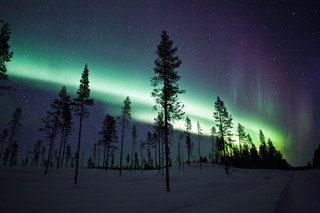 Countering all the activity and effort with the quiet contemplative moments of formulating and distilling everything in front of me to successfully work up a composition is a curious mix I find captivating. Once at a location I can spend hours poking around and investigating to see if I can craft something that I feel works. I have been known to get myself in precarious positions to make an image as a result of this blend of physical and investigative nature…occasionally.
Countering all the activity and effort with the quiet contemplative moments of formulating and distilling everything in front of me to successfully work up a composition is a curious mix I find captivating. Once at a location I can spend hours poking around and investigating to see if I can craft something that I feel works. I have been known to get myself in precarious positions to make an image as a result of this blend of physical and investigative nature…occasionally.
There’s also the side of things that we cannot control that have more of an effect in landscape photography than perhaps any other form of photography, there’s only so much we can do, after that we’re just observers. There’s nothing new in saying light transforms the character of a subject from one moment to the next, the skill becomes how to balance what you can control with what you cannot. It’s a curious contrast but being immersed in this process is what I really love. There are many avenues of photography I enjoy, certainly as a professional photographer I end up shooting a huge variety of subjects for clients but it’s landscape photography that seems to combine my interests and passions, bringing the most satisfaction and sense of accomplishment when I end up with an image I’m really pleased with as a result of everything coming together just right. Even if I don’t get anything I’m still spending time enjoying the outdoors!
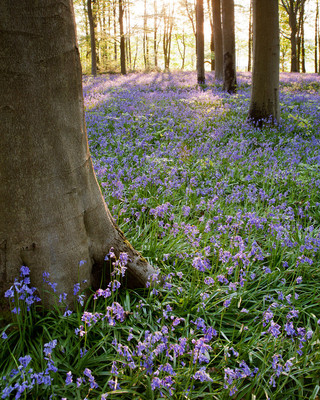 You’re working as a professional photographer, can you give me an idea of what your typical day is like (and what recent exceptions to that have been). Challenges over come?
You’re working as a professional photographer, can you give me an idea of what your typical day is like (and what recent exceptions to that have been). Challenges over come?
The transition from research scientist to full time photographer did present a few challenges, not least overcoming the gnawing self-doubt of ‘is this really a good idea?’ but once I’d made a start there really was no question in my mind. I suppose the first rule is there are no rules and you really have to maintain a level of discipline to follow through on things in order to make any sort of return on the time and effort spent. No two days are the same which can be both rewarding and frustrating in varying measures, for example within a 7 day stretch recently I went from standing on a frozen lake in Norway watching the Northern Lights to shooting rowers on the Thames to shooting kids running around in some woods to a day of chasing up clients and contacts to plan the next few weeks. Some ideas turn out to be successful and others less so but the important thing is to keep pressing on.
If I’m on a trip, for either commercial or personal work, the day usually starts the night before with furious weather and sunrise-time checking, this could all amount to nothing when you open the curtains the next day to see ‘not as advertised’ rain lashing the window. This happened on my first major commission last September (2011) working in Norway for a global oil company putting together a book tie-in for a newly built off-shore oil platform. The brief required landscape images from the area 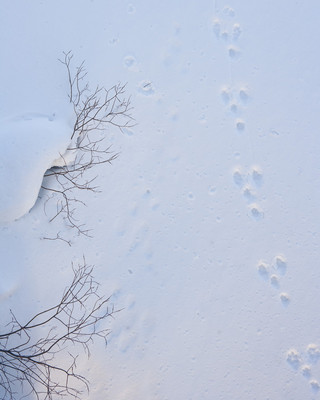 surrounding the on-shore base and some of the base itself. For the first four days (of seven) it rained. A lot. But I was able to fulfil the more commercial aspects and do some location scouting in the meantime (I got very good at imagining huge peaks behind the low clouds). Good weather eventually arrived but as we all know ‘good weather’ isn’t for landscape photography and I had three very long days trying to get a cloudless sky fit with my compositions. Thankfully the client was very happy with what they got and a few more trips are being planned. I think that experience taught me that you just have to do all you can and go with it, not to stress if things don’t go according to plan but be ready to get going as soon as things improve.
surrounding the on-shore base and some of the base itself. For the first four days (of seven) it rained. A lot. But I was able to fulfil the more commercial aspects and do some location scouting in the meantime (I got very good at imagining huge peaks behind the low clouds). Good weather eventually arrived but as we all know ‘good weather’ isn’t for landscape photography and I had three very long days trying to get a cloudless sky fit with my compositions. Thankfully the client was very happy with what they got and a few more trips are being planned. I think that experience taught me that you just have to do all you can and go with it, not to stress if things don’t go according to plan but be ready to get going as soon as things improve.
Could you tell us a little about the cameras and lenses you typically take on a trip and how they affect your photography
I currently use Canon digital SLRs, the 1Ds mkII and the 5D mkII are my two main cameras, along with a selection of lenses covering 17 to 200mm. I think my approach verges on experimental, upon reaching a location I would dump the bag and just wander around for a short while, one camera and one lens just making small grab shots and working out what to settle on depending on what the situation calls for and the composition I want to work up. My most used lens is my 24-70mm which gives me a great range to start with when exploring a subject. If I need to get in a bit closer I use a 70-200mm but rarely do I go much wider than 24mm. I do have a 17-40mm but tend to leave that at home (unless required for a commercial reason) – although a great lens I find it just too wide for my tastes.
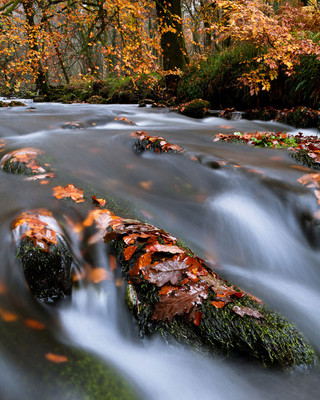 I also have a couple of tilt-shift lenses, the 24mm and 90mm, each of which have their purposes. The 24mm tilt-shift lens is perhaps my favourite for landscape ‘views’ as it combines both a reasonable field of view without being excessive and the tilt-control allows me to focus from inches away from the lens to infinity. The 90mm is a great ‘detail’ lens and comes into it’s own when shooting the close-up/intimate images, allowing me to get in close and has that control of focus plain that other lenses just don’t. A positive side effect of having lenses with such movements is they make you slow down. With careful use, get it right and the results are stunning but get it just a bit wrong and you kick yourself. I only got the 5dmkII with live view 10 months ago so doing it all by eye prior to that advantage really made me slow down!
I also have a couple of tilt-shift lenses, the 24mm and 90mm, each of which have their purposes. The 24mm tilt-shift lens is perhaps my favourite for landscape ‘views’ as it combines both a reasonable field of view without being excessive and the tilt-control allows me to focus from inches away from the lens to infinity. The 90mm is a great ‘detail’ lens and comes into it’s own when shooting the close-up/intimate images, allowing me to get in close and has that control of focus plain that other lenses just don’t. A positive side effect of having lenses with such movements is they make you slow down. With careful use, get it right and the results are stunning but get it just a bit wrong and you kick yourself. I only got the 5dmkII with live view 10 months ago so doing it all by eye prior to that advantage really made me slow down!
What sort of post processing do you undertake on your pictures? Give me an idea of your workflow.
Although the intention is to get it right 'in camera' by the nature of digital capture at least some editing is required to get the best out of the files. I use Lightroom for 99% of my processing, as much as an image processor with all the raw processing controls of it's bigger brother photoshop, it's a fantastic tool for organising files and keeping track of things. My standard edit involves the usual temperature and colour corrections, contrast curves and general cleaning up. Adjustments I make tend to be fairly minimal beyond that, with an emphasis on ensuring the result is more of an optimisation rather than harsh editing and remains faithful to how I saw the scene at the time of capture. The advantage to having so much technology available is that I can easily go to photoshop for a much more precise edit if I need to, such as using the lasso tool to highlight specific areas needing attention or running it through the stitching processor in photoshop (beyond a crude edit brush on of lightroom’s limitations is that it lacks the ability for precise editing).
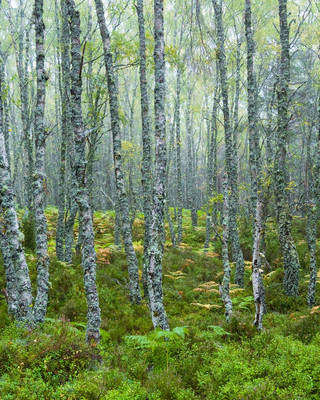 Tell me about the photographers that inspire you most. What books stimulated your interest in photography and who drove you forward, directly or indirectly, as you developed?
Tell me about the photographers that inspire you most. What books stimulated your interest in photography and who drove you forward, directly or indirectly, as you developed?
As a child I spent a lot of time drawing and was encouraged to appreciate and enjoy art which no doubt nurtured my passion for photography. As I became more aware of landscape photography as a discipline I picked up a copy of David Ward’s Landscape Within which certainly had an effect in the way I approach making an image (I read it during a 2 week holiday to Scotland. It rained a lot!). Not in the least thinking more about what I was doing but also the way photography differs from other artistic practices being subtractive as opposed to additive.
Certainly one side of things that I do need to improve on is my landscape photography library not just on photographers but artists in general. I do enjoy slowly wandering through museums, – particularly
Increasingly more photographers are turning to the web in the form of sites such as facebook and flickr to share their work. Unfortunately for the most part constructive criticism tends to be absent, more a back-patting exercise but through them I’ve met some talented photographers and made good friends who I do stay in touch with. The opinions of people you know and trust mean a lot and having someone dissect an image, whether good or bad - and give reasons - is worth more than any number of one line compliments. When I meet up with other photographers I thrive on the discussions thrown around, be it out shooting on location or later ‘back at base’ (red wine tends to be a contributing factor!), the sharing of experiences and ideas on such occasions I find truly inspiring.
The definition of ‘art’ is essentially as follows:
“The expression or application of creative skill and imagination, typically in a visual form such as painting or sculpture, producing works to be appreciated primarily for their beauty or emotional power”
Clearly a great deal of photography falls within this definition and why wouldn’t it? A lot of work I see is both pleasing and, whilst may not be ‘emotionally powerful’, does elicit a response of some kind but to my mind there are limits. Inevitably there comes a point where people end up making either what’s expected of them, or bland clichés, with little or no thought behind the creation of the work itself. Ultimately it’s an interesting question that no doubt rages in the minds of photographers. Certainly for me the intent when creating an image is that the result will be of an artistic nature and appreciated for what it is, and hopefully connect on some level with the viewer. Photography in this country is gaining momentum as an ‘art form’, we are somewhat behind the US in this respect but it’s getting better. It is a question though that warrants further discussion beyond this Q and A
Tell me what your favourite two or three photographs are and a little bit about them.
The Lightening Tree. I made this image at the end of a walk along the river Dart in Devon, a few years ago at the end of January. I hadn’t made anything I was especially happy with during the walk until half way across a bridge beside the car park I saw a branch out over the water, it’s angular skeletal form contrasting with the rushing water below. I used my 70-200 lens and zoomed in to exclude all but some of the branch and water in the frame. The light levels by this stage were very low and even at f/5.6 I had to use over 10 seconds, I think my final frame ended up around 30 seconds. Thankfully the air was quite still and the branches came out sharp whilst the movement in the water below blurred all shape and form within it. The resulting image, to me at least, has a quirky oriental feel. The relationship between the two subjects is not an unnatural one but you still have to take a moment and look a bit closer to work out what’s happening.
The Misty Bridge. This was one of my earliest digital images and I remember the day I made it quite clearly. I used to live in Bristol not far from Clifton Suspension Bridge that spans the Avon Gorge, occasionally heavy mist would settle in the gorge creating a strangely quietening atmosphere on a typically busy part of town. This particular misty morning I crossed the bridge to take the dog for a walk before work in the nearby woods. The mist was so thick the bridge just disappeared into the cloud halfway along and I was compelled to make something of it. The view was quite monochromatic but I converted it to black and white to emphasise the structure of the bridge and the way it vanishes into nothingness.
My final image is from Norway made on my first trip to the Lofoten Islands in the north west of the country, famous for their dramatic landscape of towering peaks and deep fjords. It’s an environment that has precisely what I love in abundance: mountains and water. On arriving at one small fishing village – complete with fish-drying racks, red huts on stilts and boats slowly bobbing in the harbour – I climbed over a rocky outcrop beside the road and dropped down to the shore. I remember standing looking at the view quietly taking it in, the gentle waves across the rocks in front of me, the warmth of the autumn sun (even at 5oC) and the clarity of the air with the chain of mountains disappearing off into the distance. Perching on a rock I set up with the 24mm shift lens with half an eye on the waves and waited for one to wash over the ledge (without giving me a soaking!). Blurring the water with a moderate shutter speed gave me what I was after.
If you were told you couldn’t do anything art/photography related for a week, what would you end up doing?
I think my penchant for being active would drive me towards something physical. For many years I trained to quite a high level as a rower and although the sense of accomplishment is an entirely different dimension to that of photography, I loved the way at it’s most basic level exercise is a fantastic form of escapism. I think it’s important to have something with which you can completely detach from every day life in some way and makes you feel good about yourself at the end of it. If I didn’t jump in a boat I’d either go mountain biking, climbing or simply get out for long walks in an environment I just love spending time in.
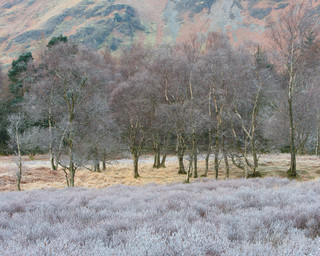 What sorts of things do you think might challenge you in the future or do you have any photographs or styles that you want to investigate? Where do you see your photography going in terms of subject and style?
What sorts of things do you think might challenge you in the future or do you have any photographs or styles that you want to investigate? Where do you see your photography going in terms of subject and style?
As a photographer I think I am always learning and evolving and I would like to be able to combine my interest and past research experience in extreme environments with my photography. I’ve already travelled a fair bit in cold countries, such as Norway and Iceland, maybe I should try somewhere warm next? In a slightly different direction I’m now making short films which is quite exciting and I’ve also recently returned from Iceland and begun planning trips leading small groups there – watch this space! I enjoy learning new things and developing ideas around them so, who knows what the future holds.
Thanks to Hamish for good answers and great pictures! You can see more of Hamish's work at http://www.lightoverwater.co.uk/ or on his Flickr stream.

